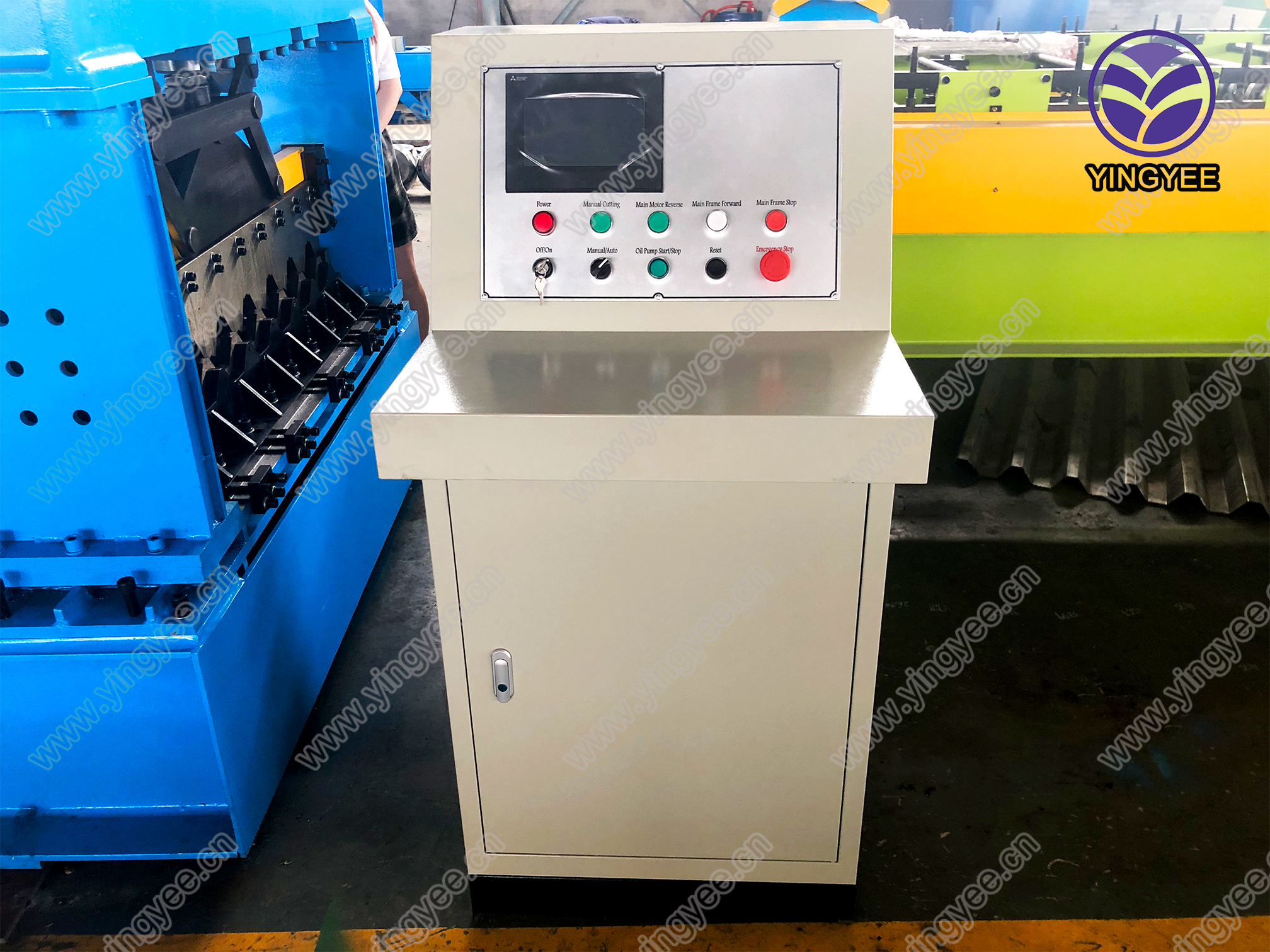
The Art and Technology of Door Frame Making Machines
In today's modern manufacturing landscape, the efficiency and precision of production tools are paramount. Among these essential machines, door frame making machines stand out as crucial equipment in the woodworking and construction industries. These machines are designed to streamline the process of creating door frames, which are fundamental components of any building structure. This article delves into the features, benefits, and technological advancements of door frame making machines, highlighting their importance in residential and commercial construction.
Understanding Door Frame Making Machines
A door frame making machine is specialized equipment used to produce the frames that support doors in various types of buildings. These machines can handle different materials, including wood, metal, and composite materials, allowing versatility in production. The machinery typically includes components for cutting, shaping, drilling, and assembling, enabling manufacturers to create high-quality door frames efficiently.
Key Features
1. Versatility Modern door frame making machines can work with various materials and designs, accommodating different styles and specifications. This flexibility is particularly beneficial for manufacturers who wish to cater to diverse market demands.
2. High Precision Advanced machinery incorporates computer numerical control (CNC) technology, ensuring that every cut and joint is executed with precision. This accuracy reduces material waste and enhances the overall quality of the final product.
3. Automation Many contemporary door frame making machines are automated, allowing for faster production rates. Automation not only increases productivity but also minimizes labor costs and the potential for human error during the manufacturing process.
4. Ease of Use With user-friendly interfaces and programmable settings, operators can easily adjust the machine for different frame designs and sizes. This ergonomic design simplifies the training process for new operators and enhances overall workflow efficiency.
Benefits of Using Door Frame Making Machines

The utilization of door frame making machines brings numerous advantages to manufacturers and construction companies alike.
1. Cost Efficiency By automating the production process and improving precision, these machines significantly reduce labor costs and material waste. Manufacturers can produce more frames in less time and with fewer resources, increasing their overall profitability.
2. Consistency and Quality The ability to produce door frames with uniform dimensions and quality assures customers of the reliability of the product. High-quality frames contribute to the longevity and safety of the doors they support.
3. Scalability As demand for door frames increases, manufacturers can easily scale their production by incorporating additional machines or upgrading existing ones. This scalability ensures that businesses can adapt to market changes swiftly.
4. Sustainability Many modern machines are designed with sustainability in mind, maximizing material usage and minimizing waste. This environmentally friendly approach is increasingly important in today's market, where consumers are becoming more eco-conscious.
Advancements in Technology
The field of door frame making machines is constantly evolving, with technological advancements pushing the boundaries of what these machines can achieve. Innovations such as IoT integration allow for real-time monitoring and maintenance, reducing downtime and enhancing productivity. Additionally, advancements in software enable more complex designs and customized orders, allowing manufacturers to meet the specific needs of their clients.
Conclusion
In summary, door frame making machines are pivotal in the construction and woodworking industries. Their combination of versatility, precision, and efficiency not only streamlines the production process but also enhances the quality and consistency of the final product. As technology continues to advance, these machines will undoubtedly play an even more significant role in shaping the future of manufacturing and construction. Embracing these innovations will help manufacturers stay competitive and meet the ever-evolving demands of the market.